Why I KNOW I am Ready to Transition to Grade 10

To me this year was like finishing a good book. A good book requires a lot of time and a lot of thought. It is full of different characters, perspectives and experiences. But then comes the time when you come to the final chapter. You can look back and see how everything has changed form the start. This TPOL marks the end of Grade 9. It is bittersweet; there were things I loved and grew in and things that I think should have been written differently.
What I loved
I loved showing my personality more in the poem project and the Vibrant videos.
Through the poems project, I was able to show the things that shape my world view like my family, my move to BC, and my experiences with friends. In the first Vibrant Video, I showed my Iove of reading in an exaggerated and funny way. Another part of Grade 9 I really enjoyed was the revolutions on trial project. I did not know anything about Revolutions. From Nation X to the Mock trial, I feel like I learned the content better in these creative ways. To this day I can tell you a lot of facts about the Haitian Revolution.
Where I grew
Looking back on my learning plan, I see my growth throughout the year in my core competency profiles. For example, in the Communication Core Competency, I grew in my communicating. At the beginning of the year I was in profile two: “in familiar settings I communicate with peers and adults.” At the end of this year, I demonstrate a strong profile four and even some of profile five. I can “communicate clearly and purposefully using a variety of forms appropriately.”
I showed this through my Scimatics video when I used Keynote where I put together all the learning I showed in the milestones into the video. TinkerCad models, voiceover, and animations were all ways I communicated my understanding of the project.
I have also grown in the Thinking Core Competency. At the beginning of the year, my critical and reflective thinking profile was at profile two, but now, looking back at my work, I believe I am at a profile 4: “I can gather and combine new evidence with what I already know to develop reasoned conclusions, judgments, or plans”.
One way I showed this was through my Documentary for Maker. Researching games, their benefits, and interviewing Ms. Brady, I gathered evidence, made a plan, and created a documentary that clearly communicated my message. My video skills and storytelling skills also show growth. I am particularly proud of my editing in that Documentary.
Part of the Personal and Social Core Competency is personal awareness and responsibility. This is the part of the Personal and Social Core Competency that I think I grew in the most this year. At the beginning of the year, I would describe myself at profile three but now I am at profile five. I “recognize my value and advocate for my rights. I take responsibility for my choices, actions and achievements.” I showed this growth in multiple projects, but the one I am going to highlight is DI.  I planned out when our group would meet, how we would meet the deadlines, and made sure I contributed using my strengths. I knew I didn’t want to write the whole script so I built the hydraulics in the mysterious object. When a group member dropped out, I helped to alter our story to adapt.
I planned out when our group would meet, how we would meet the deadlines, and made sure I contributed using my strengths. I knew I didn’t want to write the whole script so I built the hydraulics in the mysterious object. When a group member dropped out, I helped to alter our story to adapt.
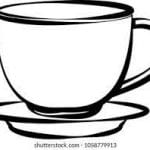 Like a good book, there has been great character development through these projects I mentioned as well as through the the Loon Lake trip. I learned I do NOT function well without caffeine in the morning and that sitting on the ground in a basement for two hours is NOT something I enjoy. But I learned that I am very good at battle archery, that my class CAN work together through the scavenger hunt and ropes ferry, and that fans were a hot commodity. Joselyn is also really afraid of being hit by a battle archery arrow. This year, I have improved in managing and using my time well with going to LAC to not asking for extensions the day the assignment is due.
Like a good book, there has been great character development through these projects I mentioned as well as through the the Loon Lake trip. I learned I do NOT function well without caffeine in the morning and that sitting on the ground in a basement for two hours is NOT something I enjoy. But I learned that I am very good at battle archery, that my class CAN work together through the scavenger hunt and ropes ferry, and that fans were a hot commodity. Joselyn is also really afraid of being hit by a battle archery arrow. This year, I have improved in managing and using my time well with going to LAC to not asking for extensions the day the assignment is due.  The Things app has been really helpful with keeping track of what I have to do and I will continue to use that in Grade 10.
The Things app has been really helpful with keeping track of what I have to do and I will continue to use that in Grade 10.
Coming to the end of a story, you also notice the things you wish had been different. I really struggle to talk to my teachers. This has always been the case for me and even though I am getting better at it, I wish I improved more. I could have had a less stressful year if I had communicated better or sooner. I think making efforts to talk to my teachers about non-school related subjects would help me feel more comfortable to communicate with them when I am stressed. 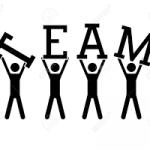 Something else I really wish could be written differently is team work and peer critique. I know the importance of team work but I found my teams this year very challenging. For example, in my last exhibition, my group was full of students who would not contribute or follow through on a plan. Often times, in team work situations others do not follow instructions, which I find disrespectful to the teachers and other learners. Other students tell me not to worry about deadlines and this creates a problem for me that I have not been able to solve yet. Next year, if I were writing the story, I would have more projects where I could pick my partners.
Something else I really wish could be written differently is team work and peer critique. I know the importance of team work but I found my teams this year very challenging. For example, in my last exhibition, my group was full of students who would not contribute or follow through on a plan. Often times, in team work situations others do not follow instructions, which I find disrespectful to the teachers and other learners. Other students tell me not to worry about deadlines and this creates a problem for me that I have not been able to solve yet. Next year, if I were writing the story, I would have more projects where I could pick my partners.
 Finishing this book, I look forward to the next one in the series. I predict the main character will have many more struggles and problems like deadlines and too many blog posts. But there will also be adventures and growth and hopefully a field school that includes caffeine.
Finishing this book, I look forward to the next one in the series. I predict the main character will have many more struggles and problems like deadlines and too many blog posts. But there will also be adventures and growth and hopefully a field school that includes caffeine.



 Our assignment was to create a 3-5 minute documentary on a topic that is meaningful to us and fulfills all the criteria that our class set out. The first challenge I face was coming up with a topic that was both meaningful to me and would have a message. Out of all of my ideas, my best two were:` social media affecting kids my age and the value of strategy games. In the end, I chose to make my documentary about strategy games because I could personalize it more.
Our assignment was to create a 3-5 minute documentary on a topic that is meaningful to us and fulfills all the criteria that our class set out. The first challenge I face was coming up with a topic that was both meaningful to me and would have a message. Out of all of my ideas, my best two were:` social media affecting kids my age and the value of strategy games. In the end, I chose to make my documentary about strategy games because I could personalize it more. After this step, we wrote a screenplay and story board. I found the screenplay particularly challenging because it was the first time I had to fill in the details of what my documentary was going to look, and sound like. The storyboard was easy because I took what I wrote in the screen play and created a visual representation of what each shot was going to look like.
After this step, we wrote a screenplay and story board. I found the screenplay particularly challenging because it was the first time I had to fill in the details of what my documentary was going to look, and sound like. The storyboard was easy because I took what I wrote in the screen play and created a visual representation of what each shot was going to look like. I was very concerned with how I was going to film everything. I needed shots of people playing specific strategy board and card games. I ended up inviting over my friend and her sisters for a game night after school. My younger sister played games with them while I took shots from different angles. To get the credits video section I played a chess match against Gwen while taking a time-lapse video. In case you were wondering … I won!
I was very concerned with how I was going to film everything. I needed shots of people playing specific strategy board and card games. I ended up inviting over my friend and her sisters for a game night after school. My younger sister played games with them while I took shots from different angles. To get the credits video section I played a chess match against Gwen while taking a time-lapse video. In case you were wondering … I won!

 I showed this competency throughout the project starting with the cloning of the plant. Later we took the root of the plant, followed steps, and made slides we could see under the microscope. On my first three tries, I was not able to get clear photos that showed evidence of Mitosis in the cells. I communicated that problem to Mr. Gross and it seemed I was not the only person who needed better examples so the next class Mr. Gross brought in pre-made slides. With those slides, I took photos and then later identified each stage of mitosis of cells. This data was important for my final product.
I showed this competency throughout the project starting with the cloning of the plant. Later we took the root of the plant, followed steps, and made slides we could see under the microscope. On my first three tries, I was not able to get clear photos that showed evidence of Mitosis in the cells. I communicated that problem to Mr. Gross and it seemed I was not the only person who needed better examples so the next class Mr. Gross brought in pre-made slides. With those slides, I took photos and then later identified each stage of mitosis of cells. This data was important for my final product. The third skill introduced us to planning and shooting. We learned about writing a treatment, a logline, followed by a storyboard. For this skill we created a tutorial which we did as a group using an new iMovie feature. Before we started filming, we created and filled out a storyboard to grow in our planning skills and to make sure we included everything we needed to for the instructions to make sense. My team created a tutorial on how to use a vending machine which in the end turned out quite funny.
The third skill introduced us to planning and shooting. We learned about writing a treatment, a logline, followed by a storyboard. For this skill we created a tutorial which we did as a group using an new iMovie feature. Before we started filming, we created and filled out a storyboard to grow in our planning skills and to make sure we included everything we needed to for the instructions to make sense. My team created a tutorial on how to use a vending machine which in the end turned out quite funny.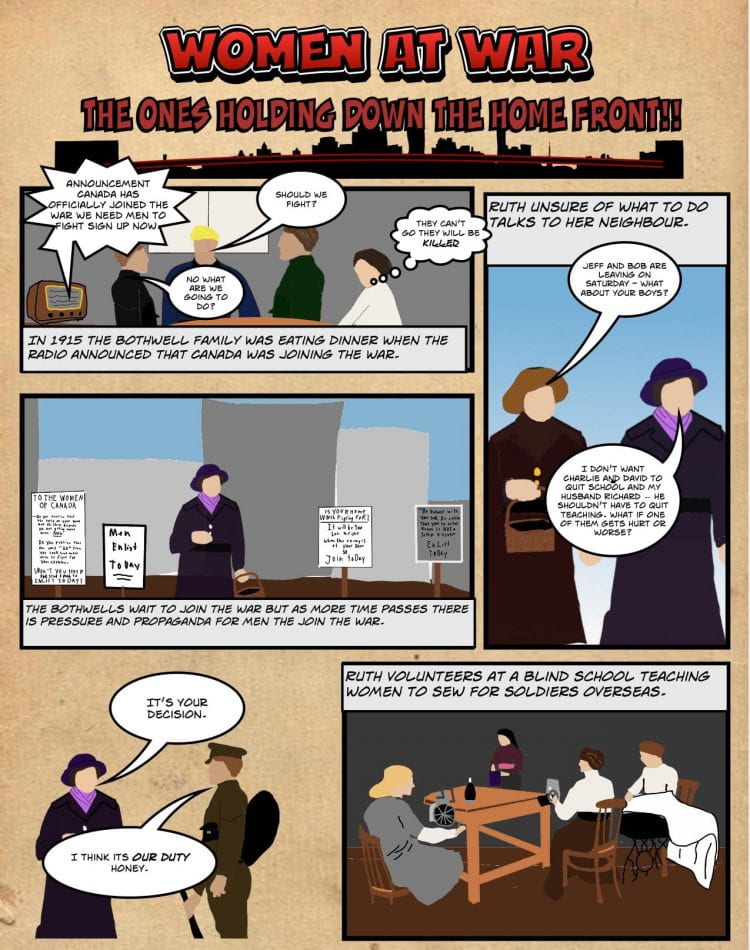
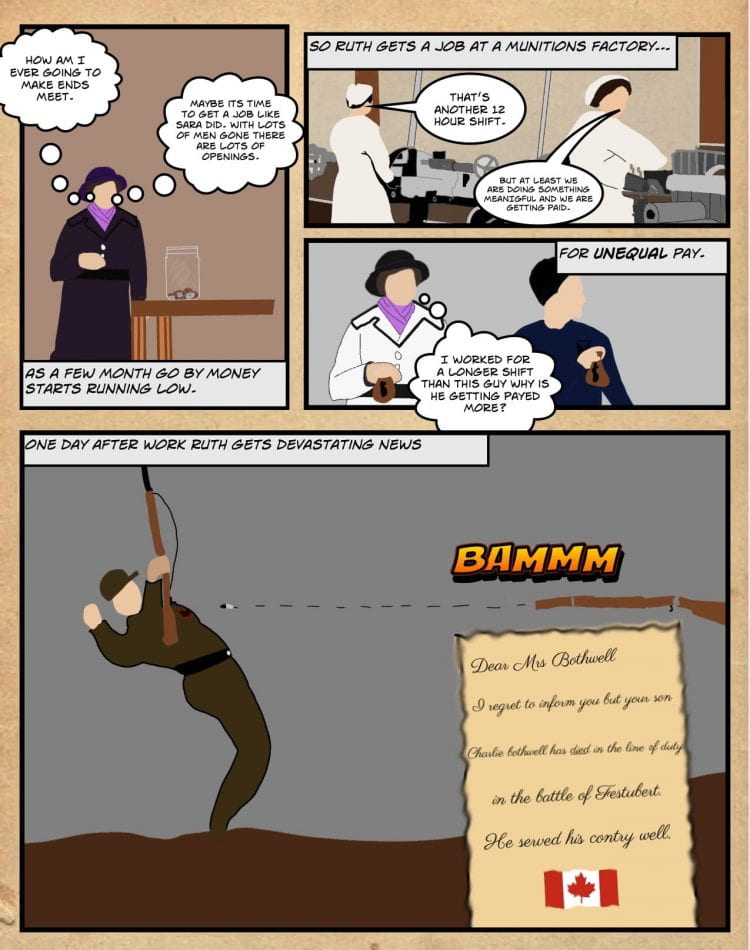
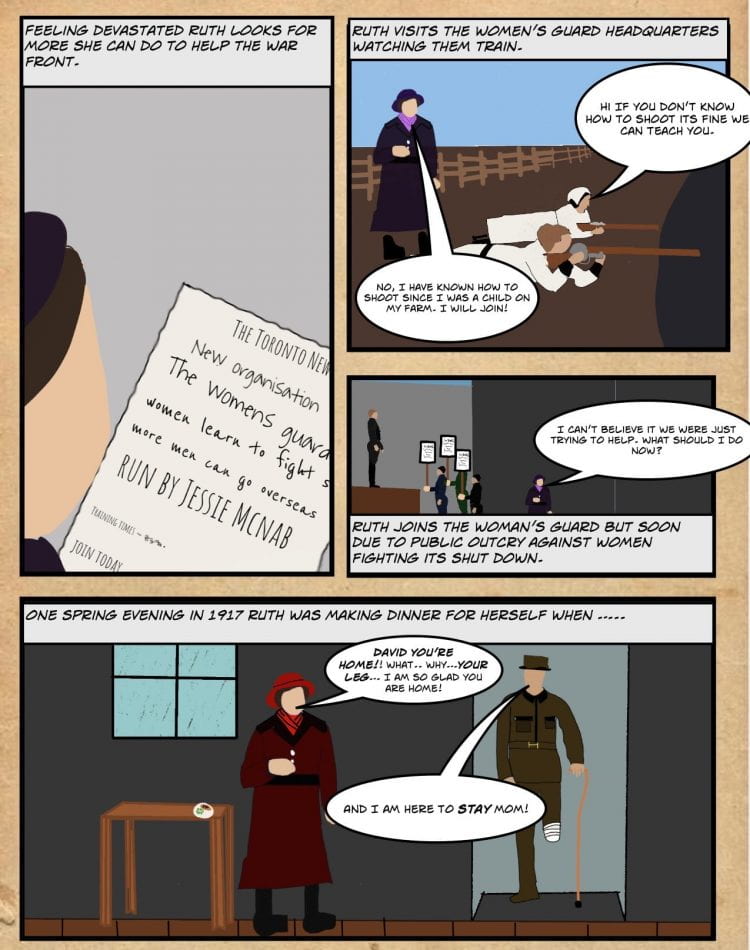
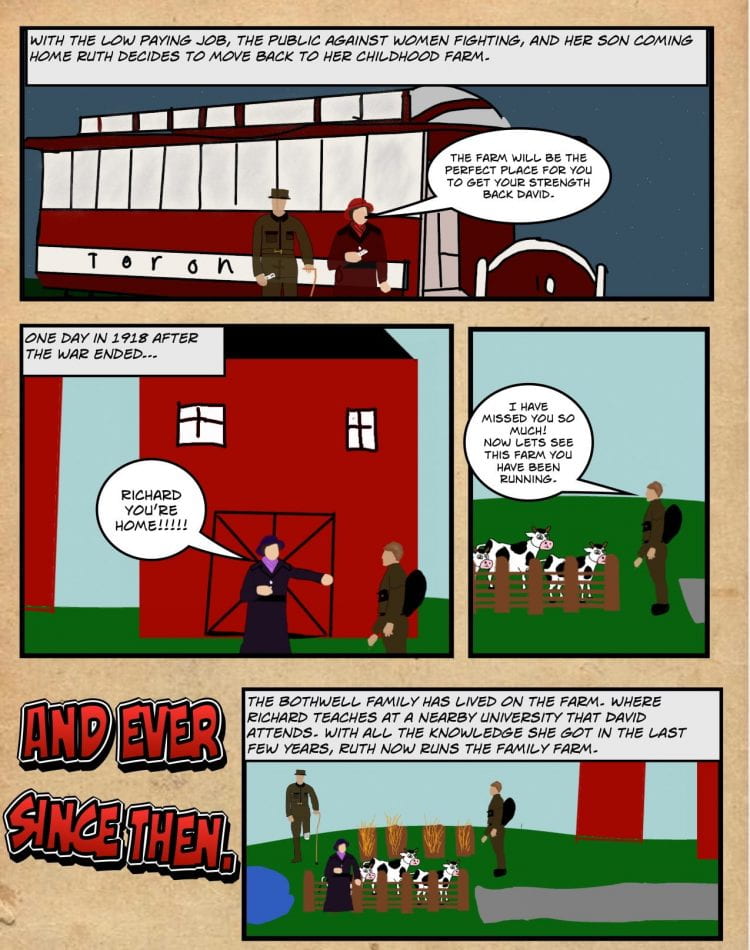
 For this topic I needed to research, use at least two sources, create a 5 W page, storyline and story board before I could even start the graphic novel. My topic was more challenging then I thought because I could not find exact dates and events of women here at Canada because most people were paying attention to the War and not as much as to what was happening here in Canada. Another challenge for me was creating the images for the graphic novel. Because there were not many photographs in my sources, there were not many to trace to then use for the graphic novel. I also found it very hard to actually to draw. However, when I look at my final product, I believe I was able to communicate what I wanted to say.
For this topic I needed to research, use at least two sources, create a 5 W page, storyline and story board before I could even start the graphic novel. My topic was more challenging then I thought because I could not find exact dates and events of women here at Canada because most people were paying attention to the War and not as much as to what was happening here in Canada. Another challenge for me was creating the images for the graphic novel. Because there were not many photographs in my sources, there were not many to trace to then use for the graphic novel. I also found it very hard to actually to draw. However, when I look at my final product, I believe I was able to communicate what I wanted to say. With a focus on the communicating core competency, I chose to represent my learning of habits 5 and 6 in a visual way. I decided to create a photo Collage of group projects. This visual display demonstrates my growth in collaboration skills. We have had a variety of projects that require working in a group such as DI, Revolutions on trial, metaphor machines. Seeing all these photos showcases all the skills I have to use when I work in a group.
With a focus on the communicating core competency, I chose to represent my learning of habits 5 and 6 in a visual way. I decided to create a photo Collage of group projects. This visual display demonstrates my growth in collaboration skills. We have had a variety of projects that require working in a group such as DI, Revolutions on trial, metaphor machines. Seeing all these photos showcases all the skills I have to use when I work in a group. connect to Habits 4 and 7 in a kinesthetic way. Since building relaxes me and allows me to show my creativity, I decided to make a fort. I like to be in comfortable places and forget the world around me. I also love being with my family/friends and decided that building with my friend Maya would be something we both enjoy and a way for me to recharge.
connect to Habits 4 and 7 in a kinesthetic way. Since building relaxes me and allows me to show my creativity, I decided to make a fort. I like to be in comfortable places and forget the world around me. I also love being with my family/friends and decided that building with my friend Maya would be something we both enjoy and a way for me to recharge. Scientific challenge. During our Maker class we started organizing and preparing for the tournament. There were lots of parts to the challenge but the main idea is that characters travel into a microworld and at least one of those characters encounter a mysterious object. We also had to include a technical method, 3D microworld scenery, microscopic imaging technique and two team choice elements. For our story, we decided to write a plot where three scientists and Uncle Frank accidentally travel into a bacterial cell. When in the cell, they find a mysterious object that they think is useless. They also interact with 3D scenery including some ribosomes which we represented through balloons. In trying to find a way out the scientists find that the wall of the cell is covered with fluorescents which they can see with a black light flashlight. Later when Uncle Frank trips on the mysterious object, again, he picks it up and presses two buttons.
Scientific challenge. During our Maker class we started organizing and preparing for the tournament. There were lots of parts to the challenge but the main idea is that characters travel into a microworld and at least one of those characters encounter a mysterious object. We also had to include a technical method, 3D microworld scenery, microscopic imaging technique and two team choice elements. For our story, we decided to write a plot where three scientists and Uncle Frank accidentally travel into a bacterial cell. When in the cell, they find a mysterious object that they think is useless. They also interact with 3D scenery including some ribosomes which we represented through balloons. In trying to find a way out the scientists find that the wall of the cell is covered with fluorescents which they can see with a black light flashlight. Later when Uncle Frank trips on the mysterious object, again, he picks it up and presses two buttons.  written by Fraser and myself which was read by Uncle Frank. It showed the idea that he thought very highly of himself which was a funny part of the performance. It took a long time to plan everything out and make it. My favourite part of the project was when we actually got to create the items and I did not enjoy the planning as much. We designed the microworld scenery, the mysterious object and all the items in the lab. Mostly we used cardboard to construct these items but we also used balloons, glow in the dark paint and hydraulics. The rest of our set used items from home and our costumes involved lab coats and a cowboy hat and plaid for Uncle Frank.
written by Fraser and myself which was read by Uncle Frank. It showed the idea that he thought very highly of himself which was a funny part of the performance. It took a long time to plan everything out and make it. My favourite part of the project was when we actually got to create the items and I did not enjoy the planning as much. We designed the microworld scenery, the mysterious object and all the items in the lab. Mostly we used cardboard to construct these items but we also used balloons, glow in the dark paint and hydraulics. The rest of our set used items from home and our costumes involved lab coats and a cowboy hat and plaid for Uncle Frank. I showed the most growth in my collaborative and personal social skills. The collaborating part was challenging with communicating with my team and setting up time to get work done. Some of my team members did not show up for the morning and after school practices we had decided on doing. When we started building our sets we communicated better and work together in a more collaborative way. For personal and social skills I improved on speaking up when team mates did not come to the decided on meetings. Since, we didn’t have much time before the tournament and one of our team members had to drop out of the performance,
I showed the most growth in my collaborative and personal social skills. The collaborating part was challenging with communicating with my team and setting up time to get work done. Some of my team members did not show up for the morning and after school practices we had decided on doing. When we started building our sets we communicated better and work together in a more collaborative way. For personal and social skills I improved on speaking up when team mates did not come to the decided on meetings. Since, we didn’t have much time before the tournament and one of our team members had to drop out of the performance, because we wanted it to be interesting and the appraisers were fans of puns. The pun were did at the beginning of the performance when the asked if we were ready was: “We have our ions on the prize!” At the beginning of DI this year, I did not have an open mind and I was not certain I would enjoy it since last year was all on video. Although there times when I did not LOVE the project, I did have a lot of fun and am happy with our end result.
because we wanted it to be interesting and the appraisers were fans of puns. The pun were did at the beginning of the performance when the asked if we were ready was: “We have our ions on the prize!” At the beginning of DI this year, I did not have an open mind and I was not certain I would enjoy it since last year was all on video. Although there times when I did not LOVE the project, I did have a lot of fun and am happy with our end result.


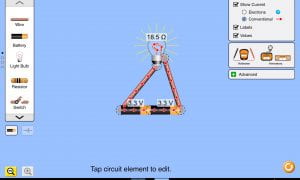 circuits. We also did an experiment on parallel and series circuits. Before we could do the experiment we needed to test the voltage and current in a
circuits. We also did an experiment on parallel and series circuits. Before we could do the experiment we needed to test the voltage and current in a 
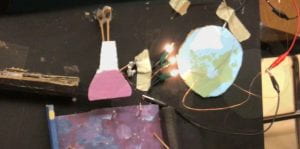 a lot of trouble getting the machine to work. We especially had trouble with the questioning step where we had a cup move down with the added weight of a marble. In the end we did get everything to work and we did show all 6 steps of the scientific method. We then took a video with voiceovers to show our machine.
a lot of trouble getting the machine to work. We especially had trouble with the questioning step where we had a cup move down with the added weight of a marble. In the end we did get everything to work and we did show all 6 steps of the scientific method. We then took a video with voiceovers to show our machine.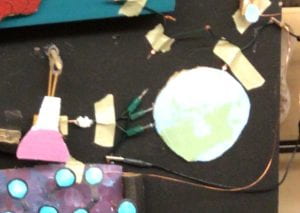 time efficiently and went to lac during class time to work on workbooks without distractions. I also showed this competency when my group fell behind on our machine and came in during flex time to try to finish building the circuits part of the metaphor machine.
time efficiently and went to lac during class time to work on workbooks without distractions. I also showed this competency when my group fell behind on our machine and came in during flex time to try to finish building the circuits part of the metaphor machine. I showed how I accomplished this competency in the math test, individual blueprints and in the final blueprint. The math test took me long but i did get to understand how draw things The final blueprint has a grid scale, all lines are easy to see, and it is complete and accurate.
I showed how I accomplished this competency in the math test, individual blueprints and in the final blueprint. The math test took me long but i did get to understand how draw things The final blueprint has a grid scale, all lines are easy to see, and it is complete and accurate. I think my team and I did a good job one this curricular y competency. We hand built all the machine parts including the circuits. We included in our machine both a working parallel and series circuit that were turned on at different times. We included our circuit diagrams in our final blueprint.
I think my team and I did a good job one this curricular y competency. We hand built all the machine parts including the circuits. We included in our machine both a working parallel and series circuit that were turned on at different times. We included our circuit diagrams in our final blueprint. 

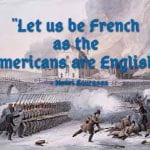
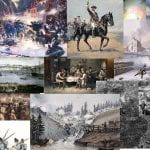
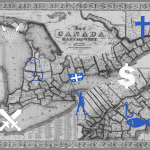

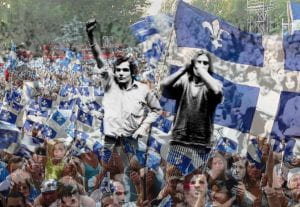

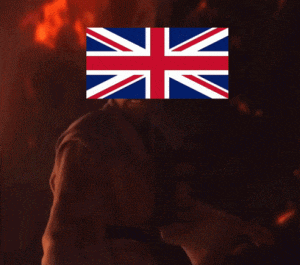

 experiencing different activities, and learning in a different environment which moved our growth as learners forward. Where is Loon Lake? This is a small isolated lake near Maple Ridge that has a camp called Loon Lake Retreat Centre.
experiencing different activities, and learning in a different environment which moved our growth as learners forward. Where is Loon Lake? This is a small isolated lake near Maple Ridge that has a camp called Loon Lake Retreat Centre. Over the course of the trip we were working on a book using an app called Book Creator to record and reflect on our daily activities. I chose to not bring my phone to all the activities because I wanted to be experiencing the experience and not be distracted. This did affect the design content for my book because I did not have pictures or videos of all my activities I had to be a bit creative.
Over the course of the trip we were working on a book using an app called Book Creator to record and reflect on our daily activities. I chose to not bring my phone to all the activities because I wanted to be experiencing the experience and not be distracted. This did affect the design content for my book because I did not have pictures or videos of all my activities I had to be a bit creative.
 my learning plan in a few ways. First of all in my learning plan I talked about areas that I need to improve. One of my Humanities goals was: to stretch out of my zone I need to communicate more with classmates. I believe I accomplished this at the Loon Lake Advance as I communicated with my teammates during games and activities, I got to know my classmates more, and I got to know some grade 8’s more. When I look at the collaborating core competency, I think about the shelter building activity. We had to build a type of shelter in the forest using logs and sticks that we found in the forest with a team. My team worked really well together because we
my learning plan in a few ways. First of all in my learning plan I talked about areas that I need to improve. One of my Humanities goals was: to stretch out of my zone I need to communicate more with classmates. I believe I accomplished this at the Loon Lake Advance as I communicated with my teammates during games and activities, I got to know my classmates more, and I got to know some grade 8’s more. When I look at the collaborating core competency, I think about the shelter building activity. We had to build a type of shelter in the forest using logs and sticks that we found in the forest with a team. My team worked really well together because we  communicated and we listened to each other’s ideas. We created a strong and large shelter. For the creative thinking competency, I think the shelter building also used this skill and I think we also used this when we needed to figure out clues to find different buildings. For the personal and social competency, there was a lot of growth. During COVID I have not been able to develop this skill outside of school. Just sharing a room and a cabin with classmates (very loud people) gave me an opportunity for growth. In the future, I will write down more of what we did so that I can better
communicated and we listened to each other’s ideas. We created a strong and large shelter. For the creative thinking competency, I think the shelter building also used this skill and I think we also used this when we needed to figure out clues to find different buildings. For the personal and social competency, there was a lot of growth. During COVID I have not been able to develop this skill outside of school. Just sharing a room and a cabin with classmates (very loud people) gave me an opportunity for growth. In the future, I will write down more of what we did so that I can better  reflect on what we did. I also feel like I need to go to future field school with the goal to talk to the teachers more. On this trip, I did get very stressed about DI and in the future, I will go and talk to someone about it. One thing that I loved about this trip is that I tried and participated in everything. I even went to the gym to play basketball even though most of my friends did not. The only thing that would have made it better? TEA in the morning. My brain did not function for the first three hours of the day. Future Field Schools must include morning tea.
reflect on what we did. I also feel like I need to go to future field school with the goal to talk to the teachers more. On this trip, I did get very stressed about DI and in the future, I will go and talk to someone about it. One thing that I loved about this trip is that I tried and participated in everything. I even went to the gym to play basketball even though most of my friends did not. The only thing that would have made it better? TEA in the morning. My brain did not function for the first three hours of the day. Future Field Schools must include morning tea.